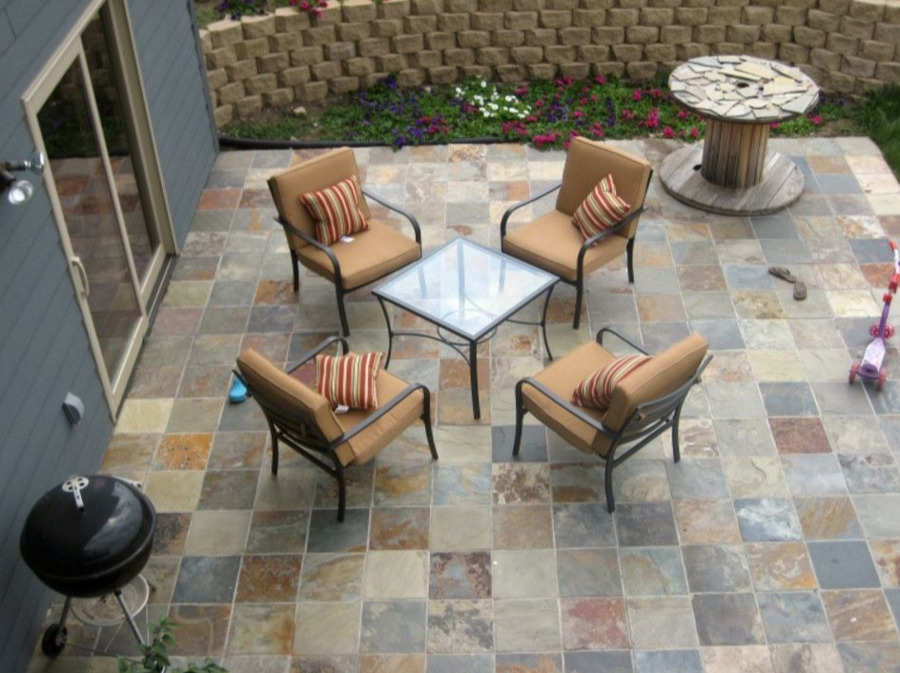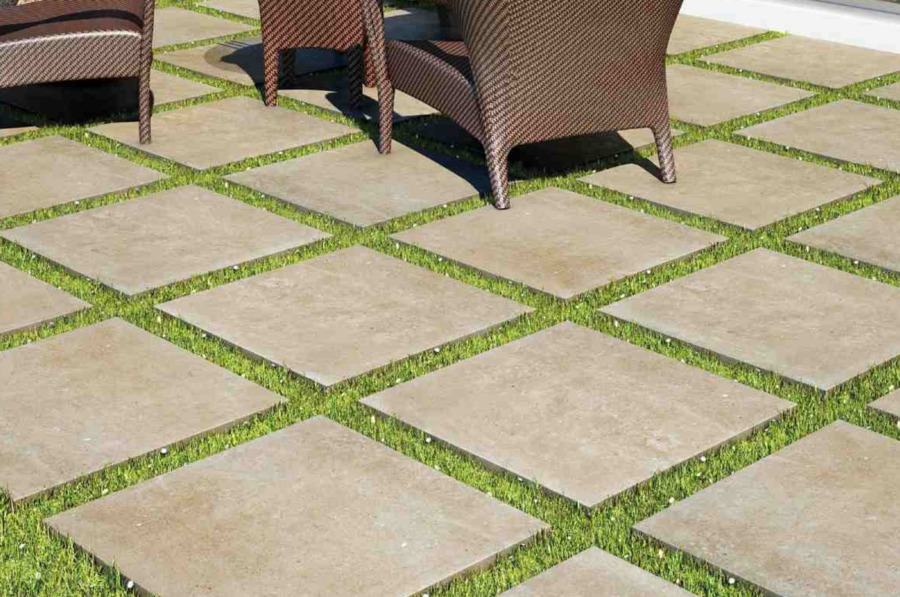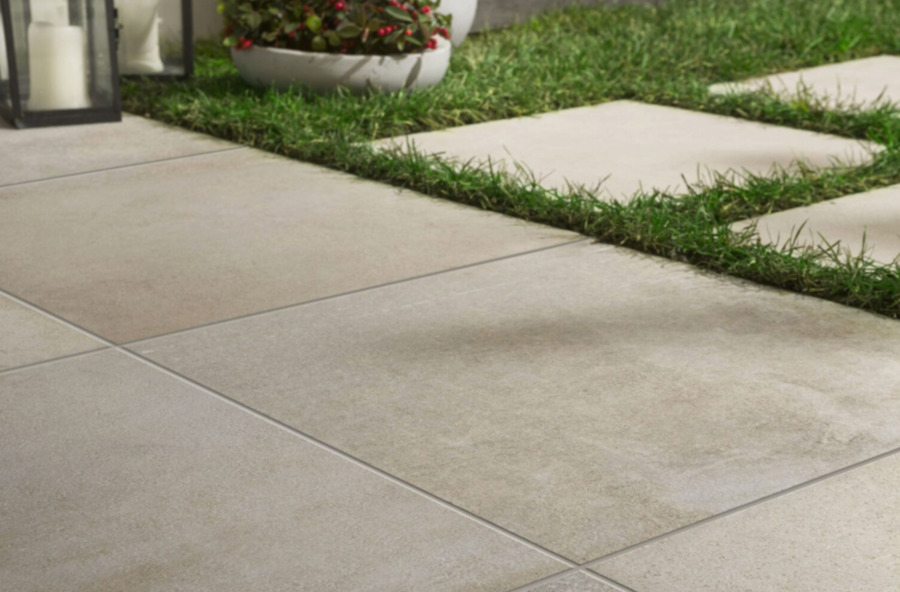UAE’s Outdoor Tiling: Pioneering Sustainability and Technological Integration
In the contemporary push towards sustainable development, the UAE’s outdoor tiling sector is poised for a significant transformation. This shift is driven by the urgent need for construction practices that minimize environmental impact and embrace ecological responsibility. These innovations not only promise to enhance the aesthetic appeal of outdoor spaces but also align them with environmental sustainability goals. The fusion of technology and sustainability marks a new era for outdoor tiling in the Emirates, symbolizing a commitment to creating durable, beautiful spaces that respect the planet. This transformative approach positions the UAE at the forefront of redefining outdoor living areas while championing global sustainability efforts.
The Drive Towards Sustainability
The construction sector has long grappled with the environmental ramifications of traditional materials, paving the way for a paradigm shift towards sustainable alternatives. The UAE’s commitment to green building standards underscores this transition, fostering a conducive environment for the adoption of innovative, eco-friendly tiling solutions.
Innovations in material science have led to the emergence of outdoor tiles made from recycled components, offering a twofold advantage: reducing waste and curtailing the use of virgin resources. These materials, ranging from repurposed glass to recycled stone, not only embody sustainability but also ensure durability, effectively extending the life cycle of outdoor spaces. Notable projects across the Emirates showcase these materials in action, serving as beacons of sustainable construction practices.

Technological Innovations in Outdoor Tiling
Technological advancements have ushered in a new era for tile manufacturing, with methods like 3D printing enhancing both the functional and aesthetic attributes of tiles. The advent of smart tiles, embedded with capabilities from solar energy harvesting to antimicrobial properties, marks a significant milestone in the integration of technology with outdoor aesthetics. Furthermore, design innovation has kept pace, with heat-resistant and light-reflective tiles providing respite from the region’s intense sunlight, thereby redefining comfort in outdoor living spaces.
The application of artificial intelligence and digital design tools has revolutionized the planning and customization of tiling projects. These technologies enable precision in design and efficiency in resource use, heralding a future where outdoor spaces are not only visually captivating but also intelligently engineered.
Challenges and Solutions
The region’s harsh climate is a major obstacle. Materials must withstand severe temperatures and extensive sun exposure in this climate. These tough conditions have prompted a clear and proactive industrial response. Research and development have focused on finding and improving materials that flourish in these environments. These materials are developed for extreme resilience and lifespan, which is essential for building in such temperatures.
However, integrating ecological and innovative tiling solutions into conventional construction methods is difficult. Developers and manufacturers face tremendous economic and regulatory constraints. Advanced materials can cost more than ordinary ones, making budgeting difficult. The construction sector must also manage a complex web of regional building laws and standards that can make it hard to implement new ideas.
A thorough, diversified plan is needed to overcome these obstacles. Tax breaks, grants, and subsidies can encourage enterprises and people to use sustainable products. Additionally, clear, supportive rules can help these materials thrive. From architects and builders to end users, all parties in the building process need knowledge beyond financial and legislative support. Sustainable materials improve building durability, usefulness, and value over time, thus this teaching should emphasize their environmental benefits.
Adopting sustainable and creative tiling solutions in difficult climates requires a collaborative effort to overcome complicated challenges. This encompasses advances in material science and technology, as well as economic, regulatory, and instructional frameworks for the construction sector. Through a comprehensive approach, buildings can become more resilient, sustainable, and in tune with their communities’ environmental and economic needs.
Future Perspectives
Looking ahead, the outdoor tiling sector is poised for significant evolution. The next decade is likely to witness a surge in the adoption of eco-friendly materials and smart technologies, propelled by ongoing innovation and supportive policies. The Emirates is well-positioned to lead this change, leveraging its status as a hub for innovation and sustainable development.
As we contemplate the future, the call to action for industry stakeholders is clear: Collaboration, investment, and research are imperative to realize the vision of sustainable and innovative outdoor tiling. It is a journey that promises not only to transform outdoor spaces but also to contribute to a more sustainable and aesthetically enriched built environment.

Conclusion
In summary, the trajectory of outdoor tiling in the UAE is firmly aligned with the principles of sustainability and innovation. As the industry navigates the challenges and opportunities ahead, the potential for a significant impact on both the environment and the quality of outdoor living spaces is immense. The journey towards a sustainable future for outdoor tiling is not without its hurdles, but with continued innovation, collaboration, and commitment, companies like RAK Ceramics are poised to lead the way, setting new benchmarks for the global construction industry.
“Stop chasing the money and start chasing the passion.”
— Tony Hsieh
